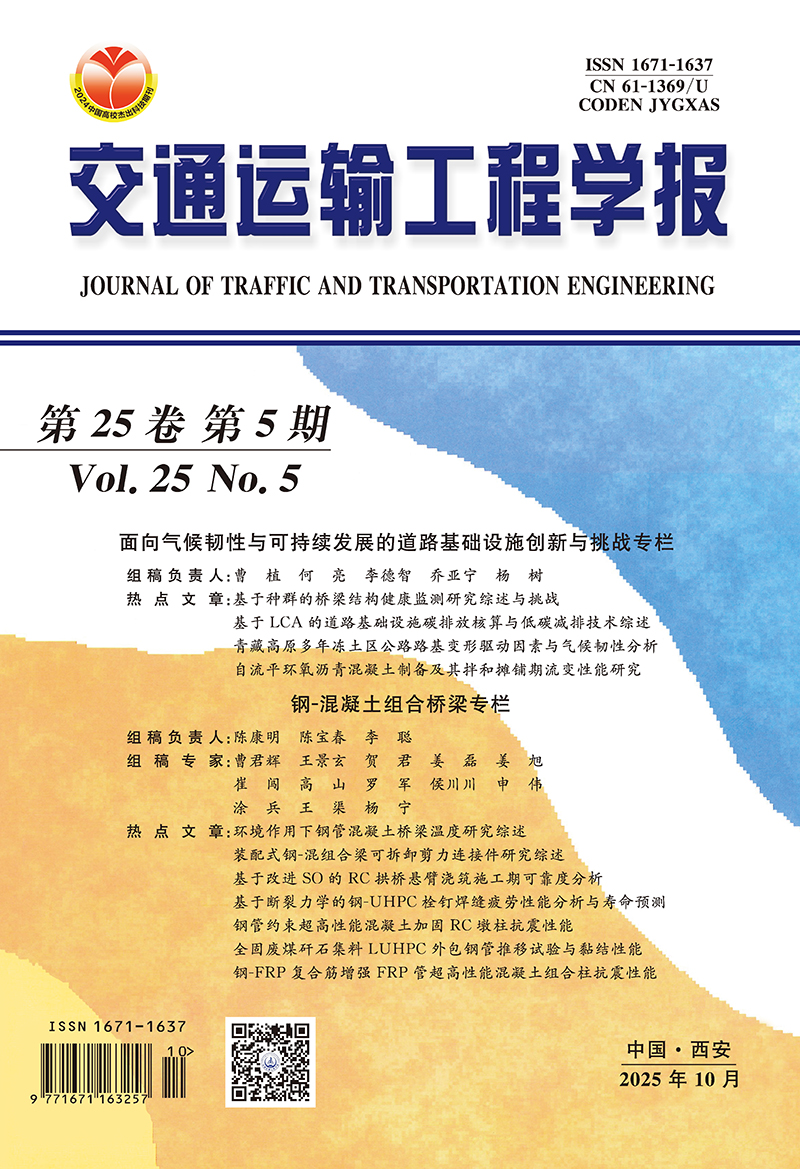2016 Vol. 16, No. 6
Display Method:
Abstract:
2016, 16(6): 1-11.
Abstract:
2016, 16(6): 12-20.
Abstract:
2016, 16(6): 21-29.
Abstract:
2016, 16(6): 30-38.
Abstract:
2016, 16(6): 39-47.
Abstract:
2016, 16(6): 48-54.
Abstract:
2016, 16(6): 55-62.
Abstract:
2016, 16(6): 63-71.
Abstract:
2016, 16(6): 72-81.
Abstract:
2016, 16(6): 82-90.
Abstract:
2016, 16(6): 91-98.
Abstract:
2016, 16(6): 99-106.
Abstract:
2016, 16(6): 107-113.
Abstract:
2016, 16(6): 114-124.
Abstract:
2016, 16(6): 125-131.
Abstract:
2016, 16(6): 132-139.
Abstract:
2016, 16(6): 140-148.
Abstract:
2016, 16(6): 149-158.





